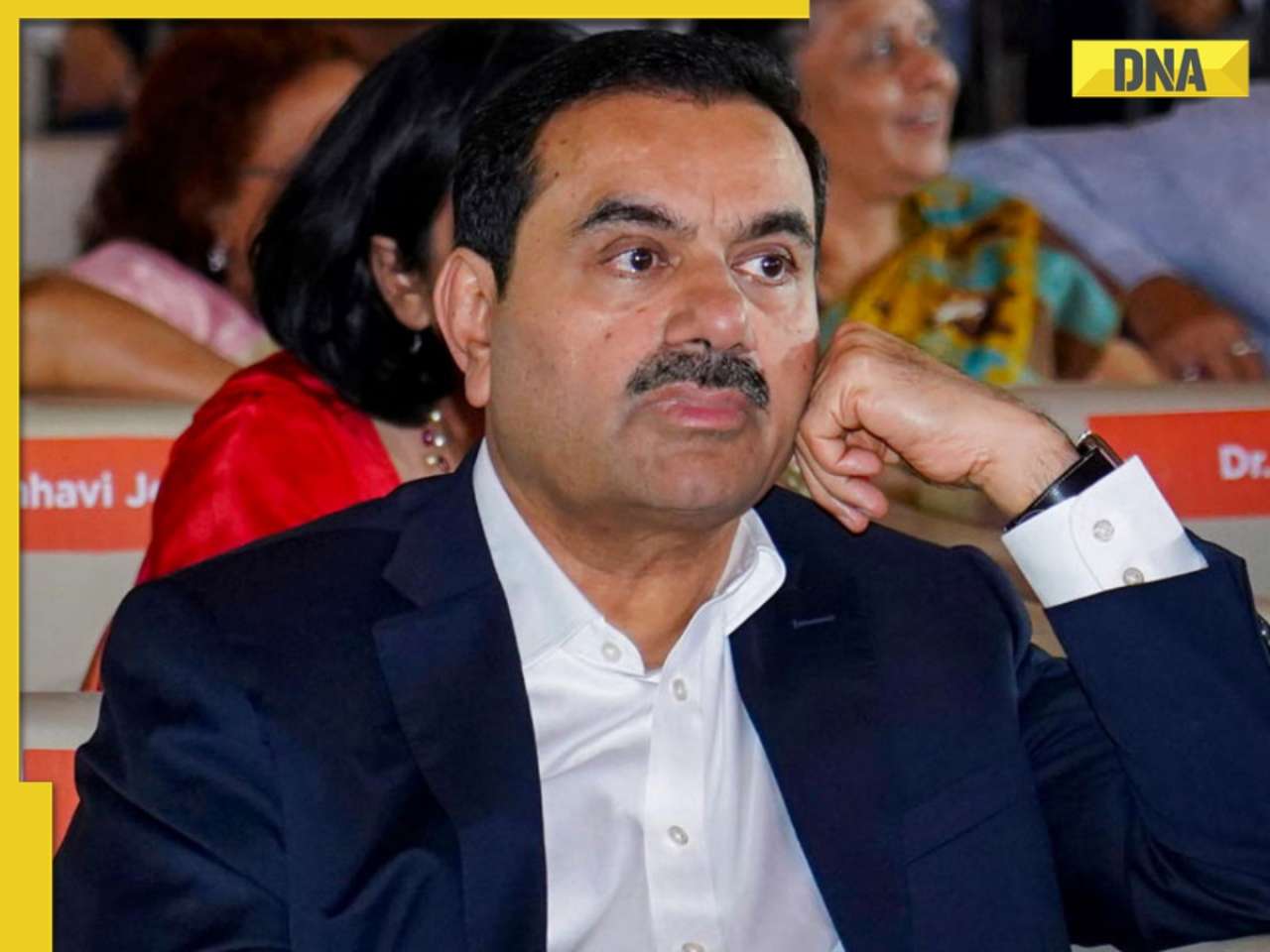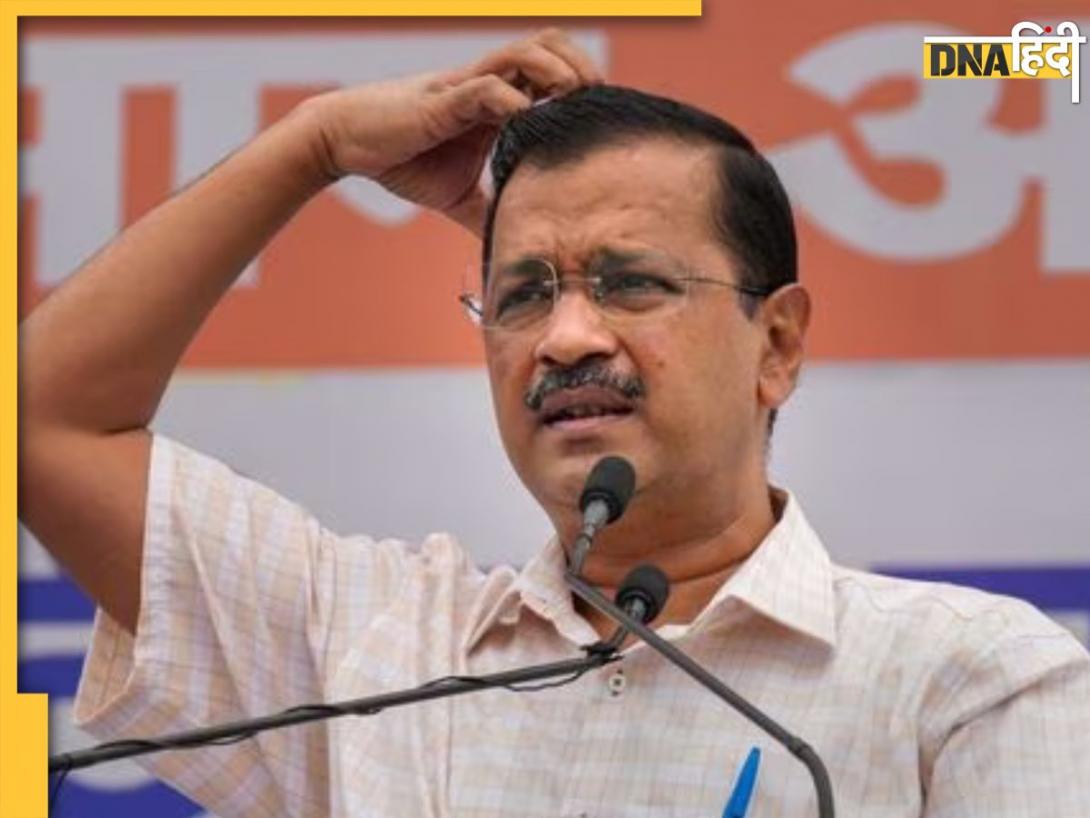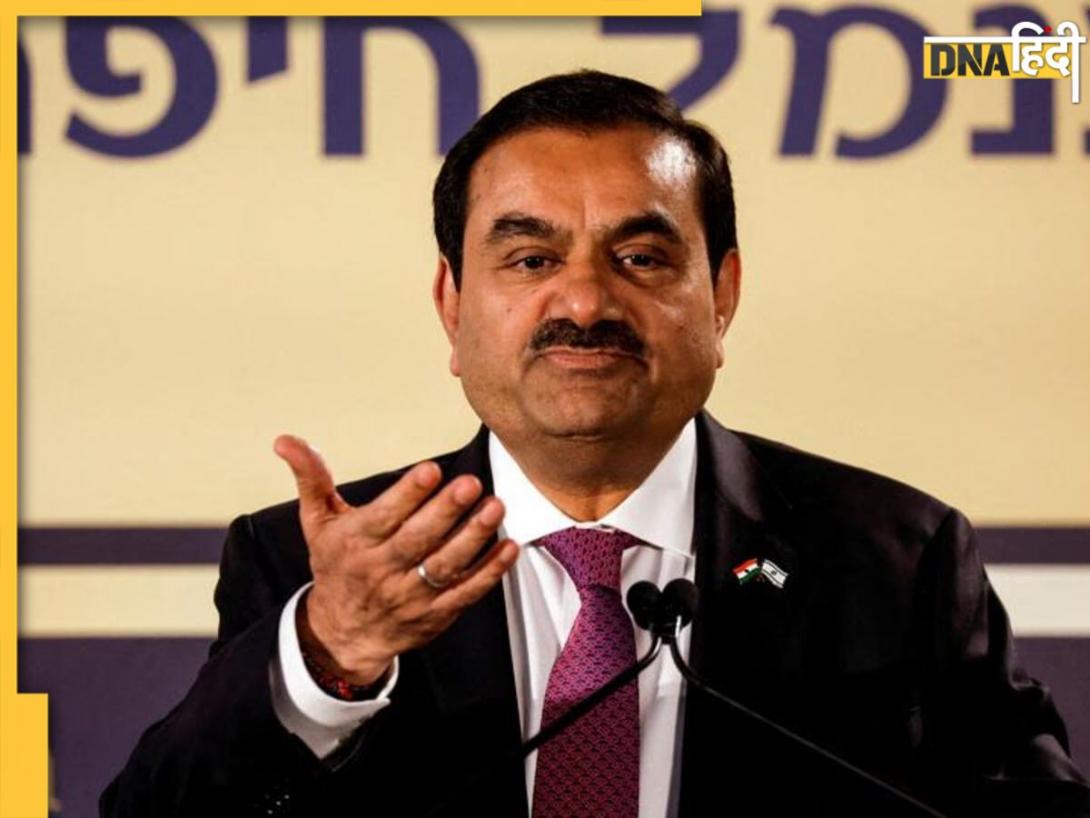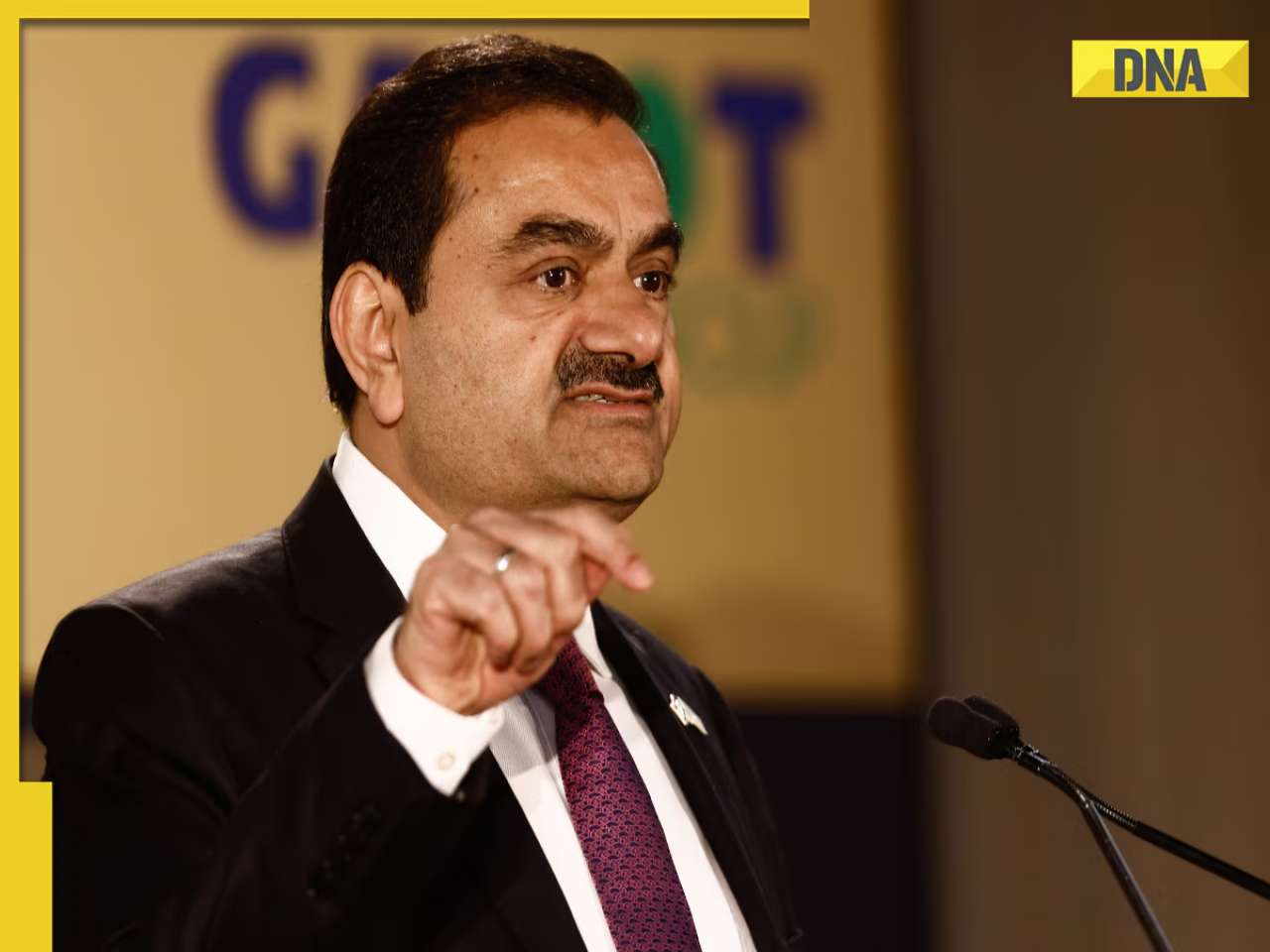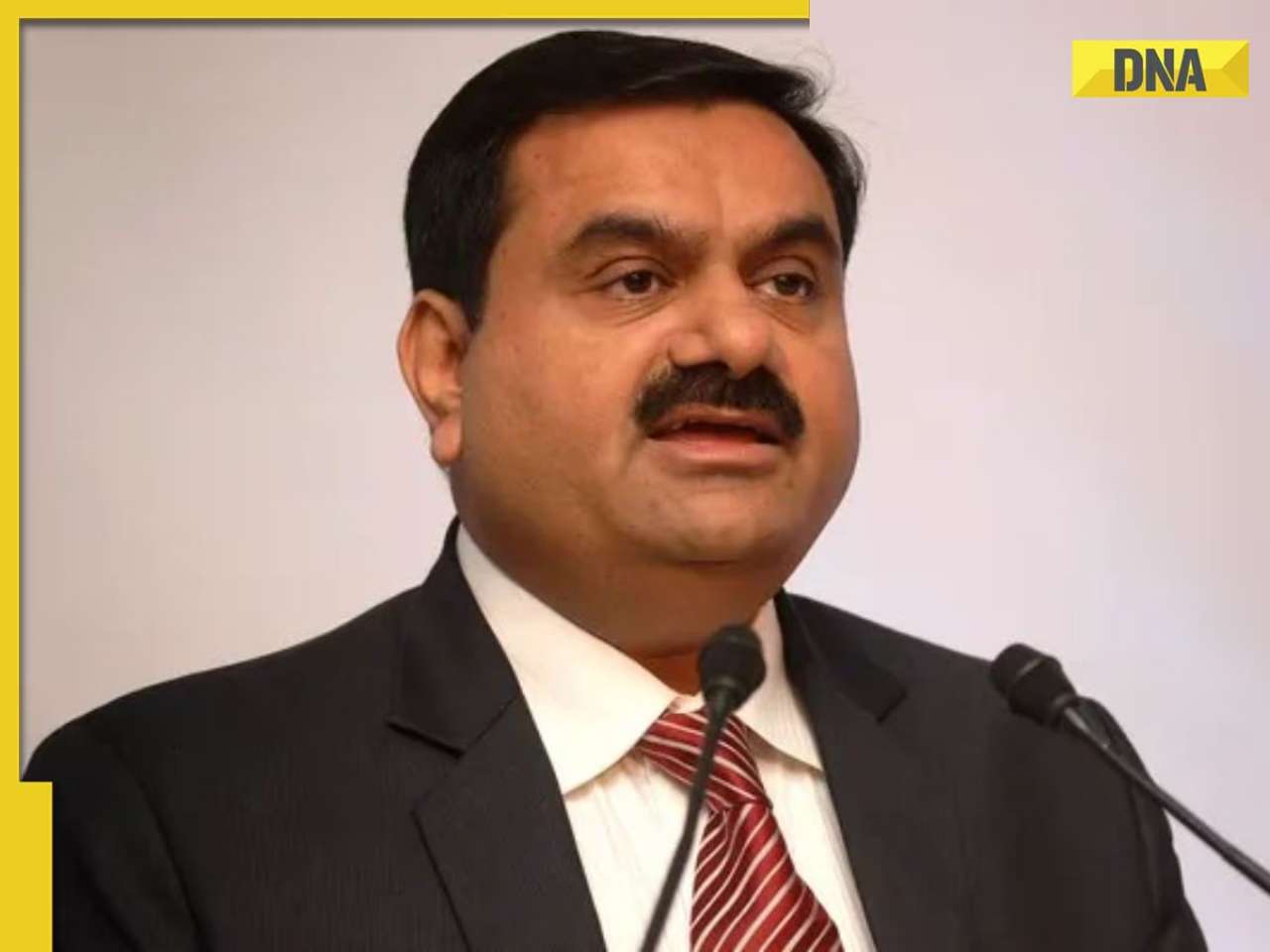- LATEST
- WEBSTORY
- TRENDING
VIRAL
What is ISRO planning with Chandrayaan-4, Chandrayaan-5 missions? Know here
These missions do not only demonstrate technological development but also add a lot of value to the world’s fund of knowledge in the sphere of science
TRENDING NOW
In a big boost to India’s future space programs, the Indian Space Research Organisation (ISRO) is now gearing up for the Chandrayaan-4 mission, which is expected to be launched by 2028. This mission is a small part of the lunar expedition of India which is aimed to obtain the samples from the surface of Moon and bring it to the earth for research.
Chandrayaan-4 shall be launched with the help of a two stage launch vehicle with the help of several modules. ISRO had planned to launch these modules severally and then link them in space, which was a novel idea for ISRO. With the help of LVM3, a heavy lift rocket and PSLV a reliable rocket, this concept of orbital assembly allows ISRO to function under the current rocket paradigms.
Key Components of Chandrayaan-4
The mission comprises several critical components:The constituents of the mission include the following:
Lander Module: This module will touch down on the Moon and then, using a robotic arm, collect samples from the Moon. After that, the samples will move to the ascender module.
Ascender Module: After that, the ascender module will go up from the lunar surface and will reach the lunar orbit to dock with the transfer module.
Transfer Module: This module will have the lunar samples brought from the ascender module and will transfer these samples to the re-entry module at lunar orbit.
Re-entry Module: Designed to withstand Earth’s atmospheric pressure, this module will ensure that the collected lunar samples will remain safe for landing on the Earth.
Chandrayaan-4 and its subsequent mission Chandrayaan-5 will be devoted to the study of the lunar South Pole, which is scientifically prospective and potentially useful. South Pole region is important due to geological and Water Ice, which is important in long term habitation on the lunar surface.
But Chandrayaan-4 is a lone mission; Chandrayaan-5 is a clear step forward to space cooperation. This mission will be in collaboration with the Japanese Space Agency (JAXA), and will include an Indian lander and a 350 kg Japanese rover that will aim at investigating the Moon’s permanently shadowed areas. The synergy of ISRO’s lander and JAXA’s rover will enhance international cooperation in space research.
These missions do not only demonstrate technological development but also add a lot of value to the world’s fund of knowledge in the sphere of science. The successful implementation of Chandrayaan-4 would place India in the world’s fourth country to develop the capacity of returning samples from the lunar surface.
Chandrayaan-4 and other projects under ISRO’s development can be seen as evidence of the agency’s desire to advance the frontiers of space science and improve the position of India in space science. Further, it is envisaged to provide a blueprint for future manned mission and additional lunar exploration endeavours, thus establishing India as a key member of the International space fraternity.







)
)
)
)
)
)
)
)
)
)
)
)
)
)
)
)

























